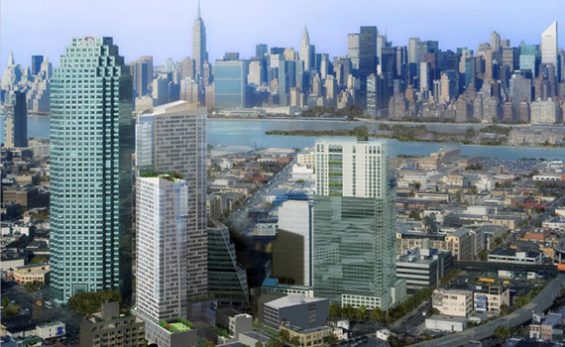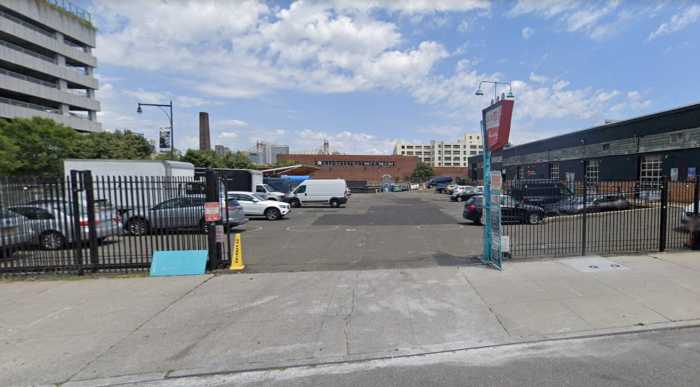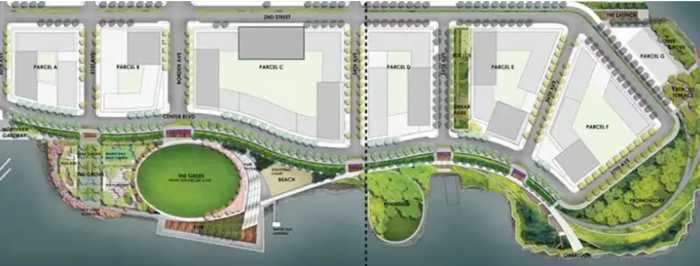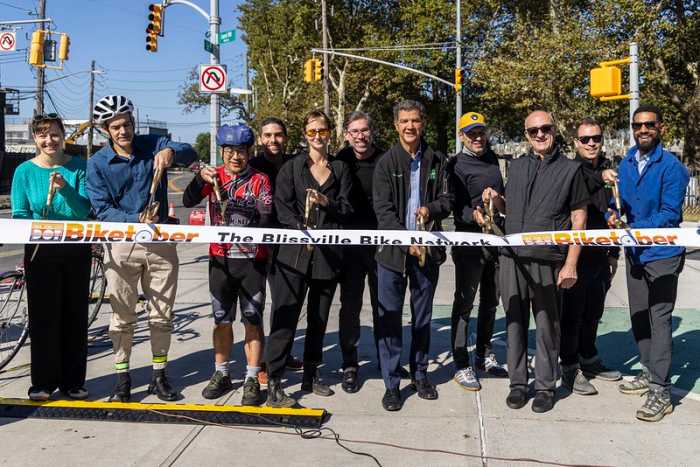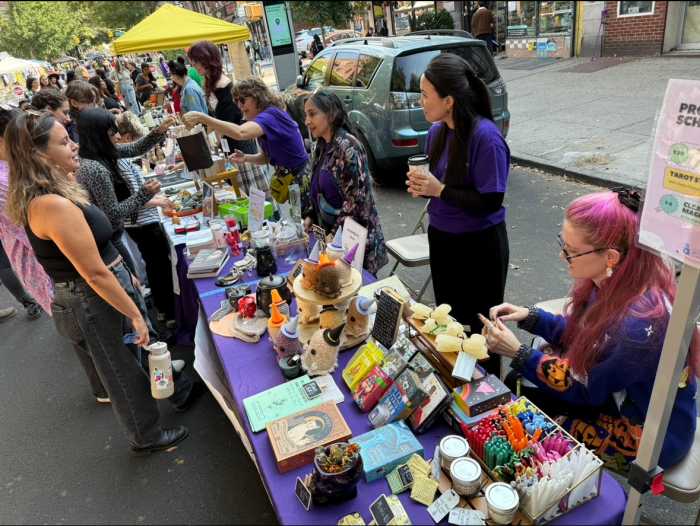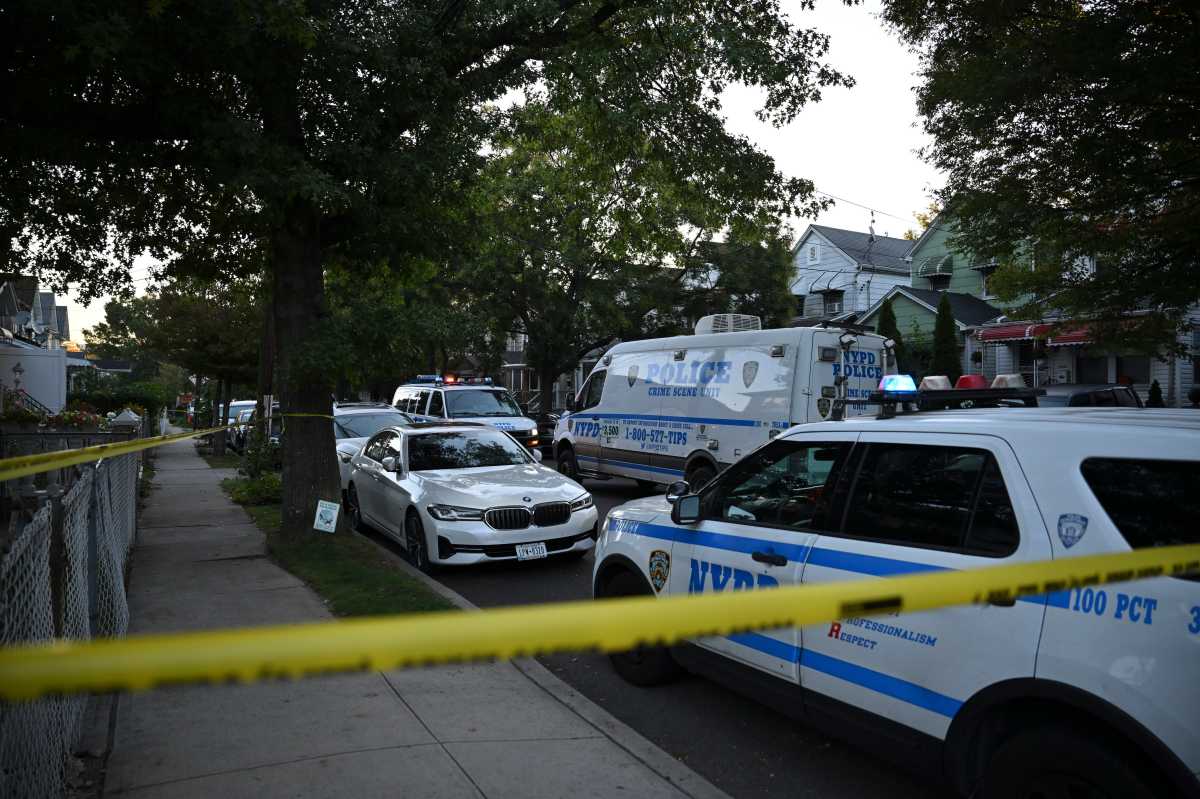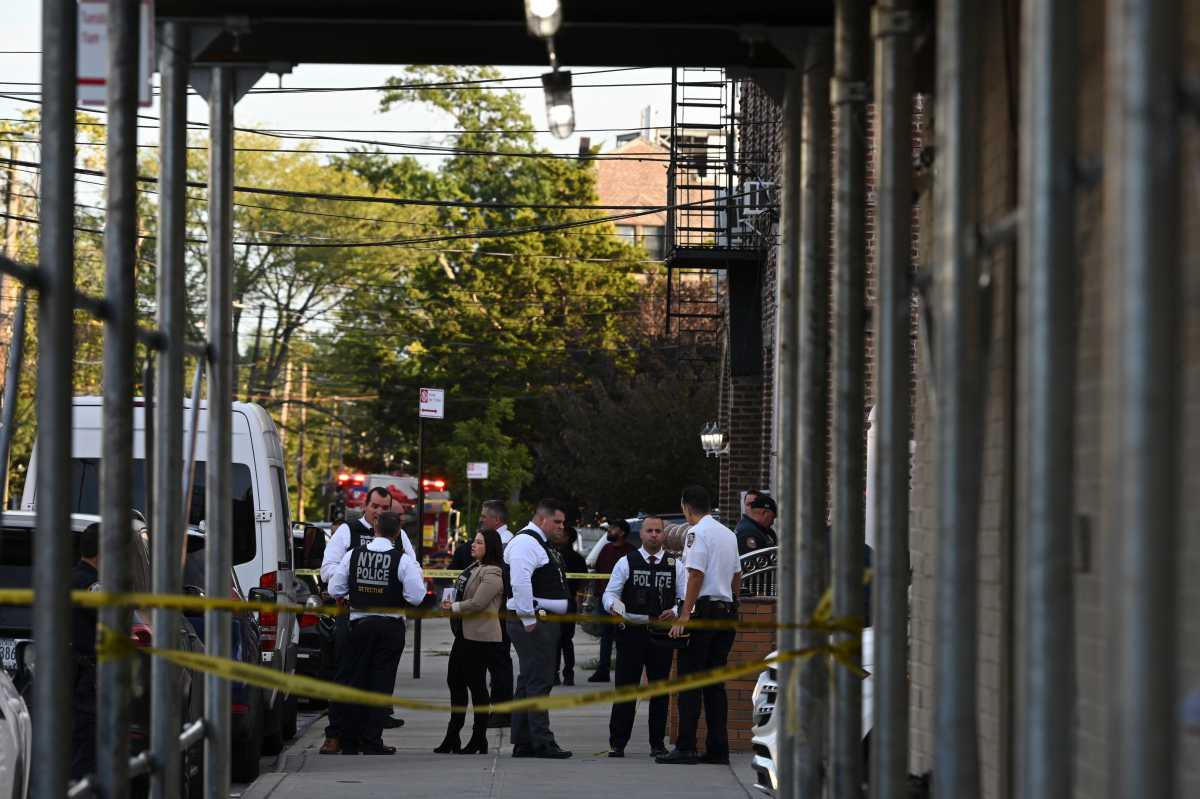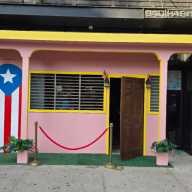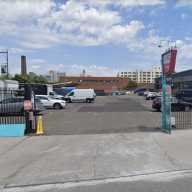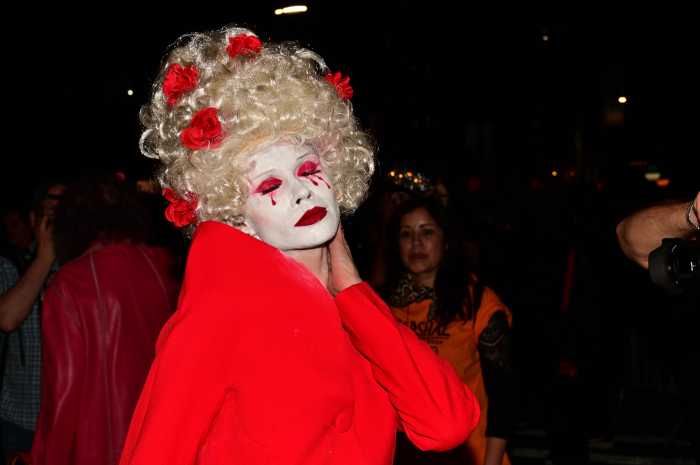Future development
May 18, 2017 By Christian Murray
Long Island City saw the creation of more apartment units between 2010-2016 than any other neighborhood in the country, according to a recent report.
RENTCafe, an online apartment search company, analyzed real estate data nationwide and determined that 12,533 rental units were constructed in Long Island City, outpacing any other neighborhood by far, with twice the number of any other neighborhood in New York City.
The area with the second most rental apartments constructed during this was period was Downtown LA with 7,551 units and North San Jose ranked third with 6,814 units.
The report analyzed about 1,000 neighborhoods across the country and was based on construction data generated by the research firms Property Shark and Yardi Matrix. The authors elected this time period since they deemed it a boom period in the construction of luxury rental units nationwide.
“After the ‘big housing crash’ homebuying humbly stepped aside, allowing renting to come out of the shadows, stripped of its old ‘low income’ stigma…making its way into the nicest, most sought after American neighborhoods,” the report read.
Other New York neighborhoods showed up in the rankings. Clinton-Hell’s Kitchen was ranked fourth, with 6,058 rental units; Williamsburg sixth with 5269 units; Downtown Brooklyn ranked eighth with 3,851; and the Upper West Side with 3,536 units.
The report attributed Long Island City’s growth to ‘location, location, location.’
“In a matter of a few years, the neighborhood has gone from a dated industrial vibe to gleaming new glass tower, to take the number one spot for building far more apartments than any other neighborhood in the country.”
The report noted that 36% of the total number of apartments in Long Island City were built in this 6-year time span.
The report didn’t look at 2017 and beyond. However, the Long Island City building boom has only just begun.
The Long Island City Partnership reported in March that 8,945 units are expected to come online this year, with another 13,000 planned for 2018 and beyond. The vast majority are expected to be rentals, as opposed to condo buildings.
For the report, click here

